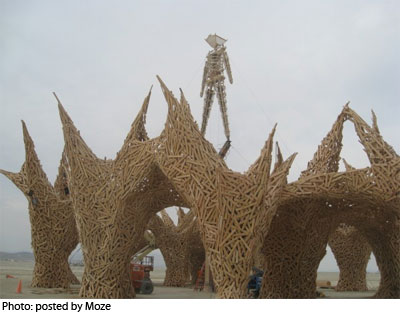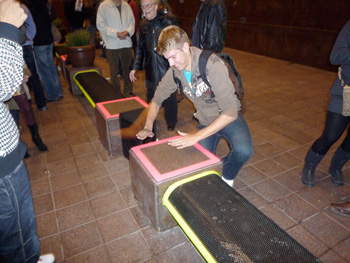
Ms. Pam Korza
The Contributions of Small and Midsized Community-Based Arts Organizations (from Arts Watch)
Posted by Jul 22, 2009 1 comment

Ms. Pam Korza
At the recent Americans for the Arts annual convention, Animating Democracy debuted a newly published essay by Ron Chew, former director of the Wing Luke Asian Museum in Seattle. In “Community-based Arts Organizations: A New Center of Gravity,” Ron underscores the crucial contributions of small and mid-sized community-based arts organizations, often culturally specific, to the cultural ecosystem, to civic engagement, and toward achieving healthy communities and a healthy democracy. He points out that these groups offer artistic excellence and innovation, astute leadership connected to community needs, and important institutional and engagement models for the arts field amid changing demographics, a new political climate, technological advances, and globalization.
We distributed the essay at several convention sessions, including two of the pre-conferences. After only one day, we were amazed at how many people had already read it cover to cover (notable given jet lag, the convention’s juicy program, and Seattle’s enticing distractions) and gratified by the enthusiastic comments about the importance of what it has to say.
Read More






Most Commented